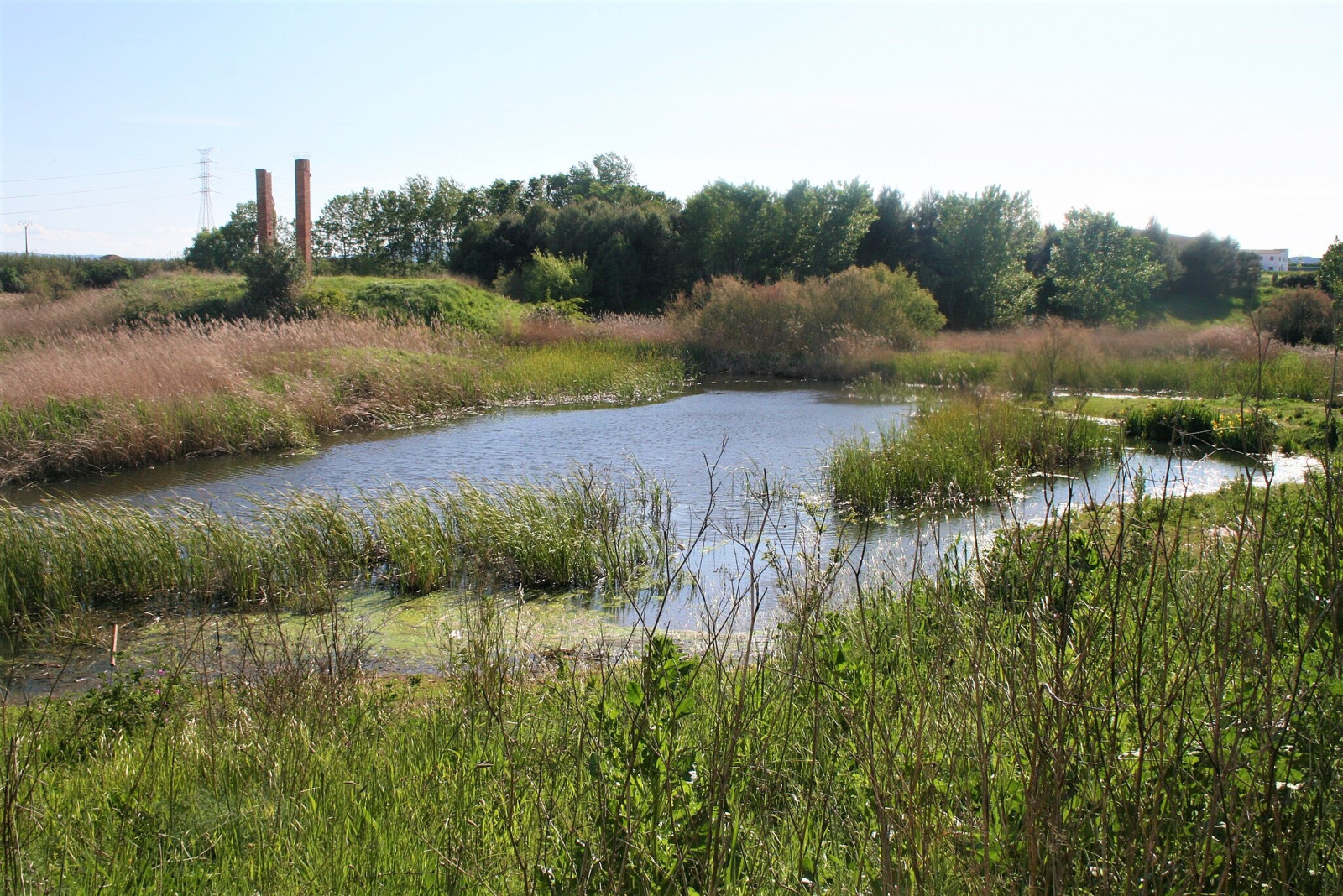Beschreibung
The Bòbila wetland is a natural area 500 m south of Santpedor where a remarkable diversity of birds can be found. Although the water level varies greatly depending on the rainfall, it almost never dries out completely. Especially during the migration periods many birds can be observed. The site has paths, information panels and a bird observation tower. Among the birds you can observe are Nachtigall, Seidensänger, Zistensänger, Bienenfresser, Wiedehopf, Grauammer, Zwergtaucher and Drosselrohrsänger.
_________________________
Espagnol: El Aiguamoll de la Bòbila es un espacio natural a 500 m al sur de Santpedor, donde antiguamente había habido una tejería en la que se extraía arcilla para la fabricación de tejas y ladrillos. Actualmente, el humedal constituye un espacio de interés natural, donde se puede encontrar una notable diversidad de organismos.
Details
Zugang
Easy to reach from Santpedor. You can park at the entrance. Click on the P in the map for directions. The visit to the Aiguamoll is free.
_________________________
Espagnol: Fácil de llegar desde Santpedor. Puedes aparcar en la entrada. Haga clic en la P en el mapa para obtener direcciones. La visita al humedal es libre.
Terrain und Habitat
Feuchtgebiet , See , Schilfflächen , Vereinzelte Bäume und BüscheBedingungen
Sumpfig , Offene LandschaftRundweg
NeinIst ein Spektiv nützlich?
NeinGute Beobachtungszeit
GanzjährigBeste Beobachtungszeit
Frühjahrszug , HerbstzugRoute
Normaler Weg , Schmaler PfadSchwierigkeitsgrad der Tour
EinfachErreichbarkeit
zu FußBeobachtungshütten oder -türme
JaZusätzliche Informationen
Photo El Aiguamoll de la Bòbila by Joan, CC BY 3.0, https://creativecommons.org/licenses/by/3.0, via Wikimedia Commons

